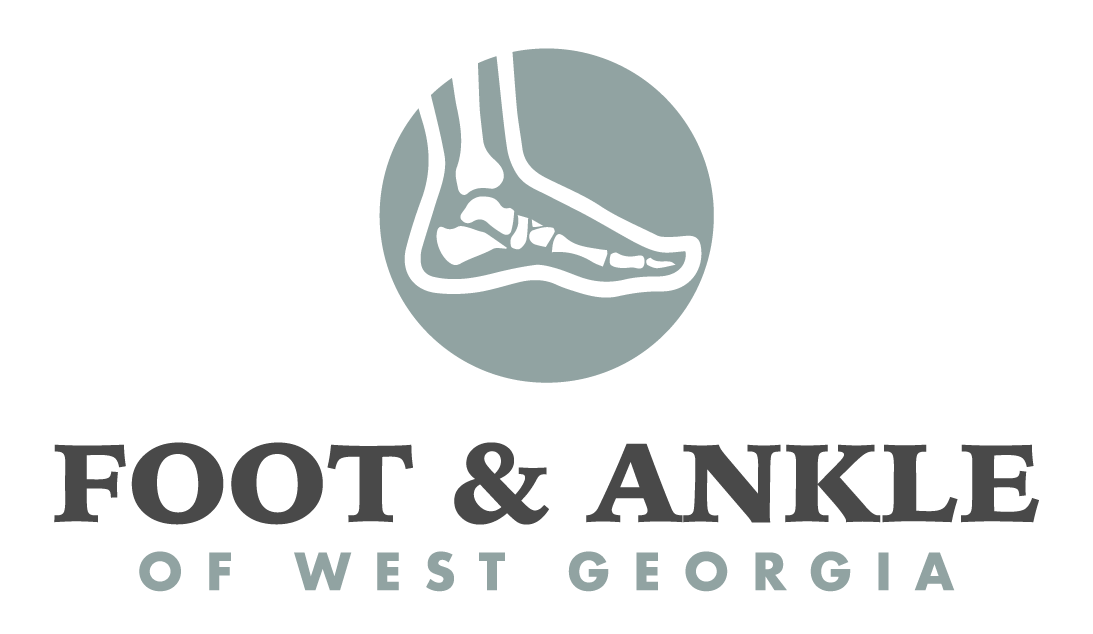Female Runners at Risk for Painful Foot Neuromas
Spring is in the air and runners are hitting the streets to get back in shape after a long winter. A local foot and ankle surgeon warns female runners that the combination of wearing narrow, pointed-toed shoes at work and the pounding their feet endure from running on hard surfaces can cause a neuroma, a painful nerve disorder of the feet.
Active women who enjoy running, especially those with flat feet, are prone to develop neuromas. A nerve located between the toes becomes enlarged and inflamed and produces tingling, burning pain. According to Dr. Michael Schreck, a member of the American College of Foot and Ankle Surgeons, the symptoms begin gradually and, left untreated, progressively worsen. "We see neuromas quite often in younger professional women who wear high heels every day at work and also are active runners," said Screck. "It's a very stressful combination for their feet."
Dr. Schreck explained that neuromas enlarge as the condition progresses, causing pain and numbness to a consistent area at the base of the toes. Patients often complain it feels as if something is stuck inside the ball of the foot. The symptoms may go away temporarily by massaging the foot, wearing wider shoes with low heels, and avoiding running and other activities that aggravate the condition. "Symptoms become more intense as the nerve enlarges and the temporary damage becomes permanent, so it's best to seek treatment if discomfort persists for more than a few days," Schreck advised.
Neuromas can develop in different areas of the foot. The most common occurrence is called Morton's neuroma, which develops at the base of the third and fourth toes. Thickening and swelling of the nerve usually is caused by compression and irritation from wearing very narrow shoes or high heels that crunch the toes in the front of the shoe. In addition, neuromas can result from running, racquet sports and other physical activities that exert repetitive stress on the forefoot. A neuroma isn't detectable by x-ray, so the diagnosis is based on symptoms and a physical examination to palpate the nerve or a maneuver that elicits an audible click.
Treatment options for Morton's neuroma depend on how far the condition has progressed. At early stages, padding lessens pressure on the nerve, icing reduces swelling, over-the-counter anti-inflammatory medications decrease pain and inflammation, and prescription or custom orthotic devices provide support to reduce compression. Patients also are advised to wear wider shoes with low heels and take a break from running or other activities until the condition improves.
In severe cases, surgery might be the best option to provide relief. "Surgery for neuromas has a very high success rate," said Dr. Schreck.
